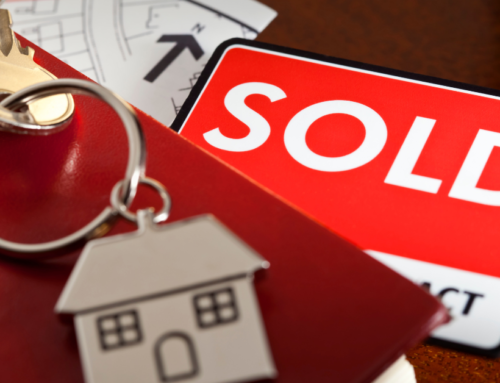Your home is where you relax, make memories with friends and family and spend most of your time. However, what happens when you live in a rented property and it isn’t the serene and tranquil place you’d like it to be.
In reality, every property in the rental market must meet certain standards in order for it to be fit to live in. The landlord has a duty of care and responsibility to ensure this is the case. If you live in a rented property or are a landlord letting your property out, read on to see the requirements the property should meet.
Risk assessments to be carried out on rental properties
All properties need to meet health and safety standards but in rentals, the procedure is even more stringent. Getting the proper checks is a legal requirement. The health and safety checks are usually carried out by the HHSRS: Housing health and safety rating system.
As a tenant, if you spot any problems, report them to your landlord as soon as possible so that they are able to arrange the proper checks. Also if you are moving into a new property, ensure you ask that all checks have been done and look to view the proof of this.
If you’re a tenant, look out for the following signs:
- Common hazards: mold, dampness, overcrowding, and security
- Potential for accidents: floors and paths are in good order, loose plug sockets
- Safety requirements: gas safety, electrical safety & certificates
- Repairs that need doing to the property
What laws are most relevant?
The landlord and tenant act 1985 states that the following should be adhered to:
- Section 11: absolute and non-excludable obligation for landlords to carry out basic repairs
- Landlords must keep in repair the structure of the exterior of the house
- Landlords must keep in repair proper working order of the installations: water, gas, electricity, sanitation, space heating and heating water
Keep in repair is a term that means the landlord has a continuous obligation to keep the standard of repair throughout the tenancy. It also requires the landlord to put the premises into repair if it was not in good repair at the start of the tenancy.
What responsibilities do landlords have?
As the owner of the house, the landlord has the adhere to the following responsibilities:
- Repairs to structure and interior of the property under section 11 of 1985 Landlord and tenant act
- Watch out for hazards: potentials for accidents, safety requirements, and hazards
- Multiple occupations: consider fire safety, management, number of people living the property, and condition of building inside and out
- Maintenance of other areas of the property: steps, paths, roof, railings…
What responsibilities do tenants have?
Tenants spend the most time on the property and will be aware of any daily changes or elements that need looking into and assistance from the landlord.
Tenant responsibilities include:
- Behave like a tenant: be respectful, do at least the minimum to keep the property in good condition, don’t avoid any improvements to the property, and do not neglect the property
- Allow access for repairs when needed to the landlord or any contracted workers
- Adhere to the terms of the tenancy: the tenancy agreement may express the terms relating to any repairs
What if I have an accident in my rental?
Accidents that happen in the property may entitle you to make a claim if the landlord failed to keep the property in a safe condition. If the landlord showed negligent behaviour and failed in their duty of care, then this could have caused the accident. However, evidence of negligence will need to be gathered from the area that the accident happened.
Some common causes of accidents in rental properties are:
- Loose handrails
- Damaged flooring
- Uneven flooring
- Damaged stairs
- Poorly lit areas: which means you can’t see a trip hazard
For more information on accidents in rental properties, please email the team at info@beestonshenton.co.uk




